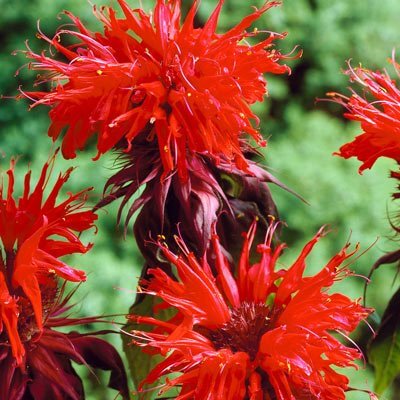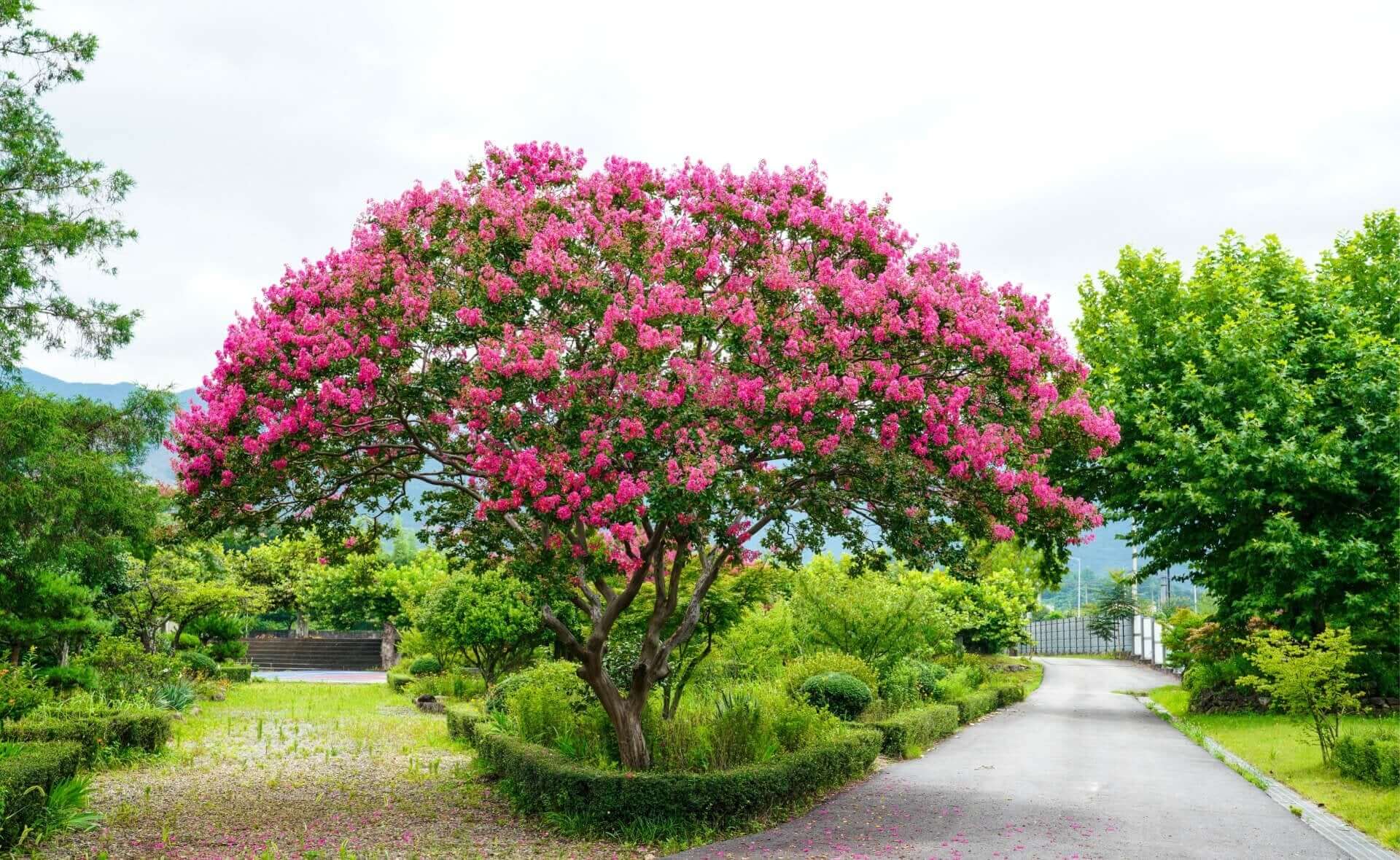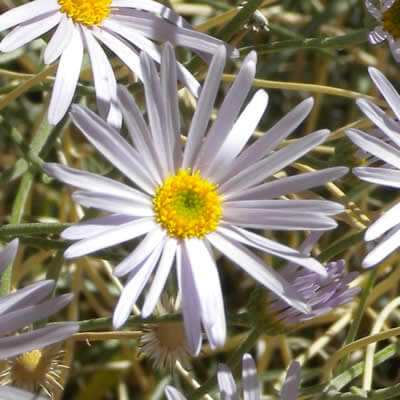Enhancing Your Landscape With Fleabane Daisy
Through landscaping, we can turn outdoor areas into breathtaking environments that demonstrate artistic harmony. Your landscape will gain life, color, and vibrancy when you make the right plant choices for your sprawling garden, cozy backyard, or small balcony.
The Fleabane Daisy (Erigeron speciosus) stands out as a plant that delivers both natural beauty and charm to any landscape. The combination of its delicate blooms, sturdy nature and various advantages makes Fleabane Daisy ideal for landscaping projects. This article will examine both the beautiful characteristics of the plant and its benefits for landscape enhancement.
Utilizing Fleabane Daisy
This beautiful wildflower originates from North America and receives admiration for its daisy-like flowers and slender stems. This plant reaches a height of two feet and develops into clumps, which makes it ideal for use in borders, rock gardens, or as ground cover. The name Erigeron originates from the Greek terms "eri" for early and "geron" for old man because the plant both blooms early and possesses hairy stems.
Gorgeous flowers make Fleabane Daisies an excellent addition to landscaping designs. An abundance of slender petals forms the outer circle of the daisy-like flowers, while the bright yellow center provides an engaging visual display. These flowers exhibit colors of pink, lavender, and white, which brings refined beauty to any garden space. The flowers' fragile appearance makes them ideal for establishing a romantic atmosphere while complementing the look of cottage gardens.
Fleabane Daisy Benefits
Hardy and Resilient: The plant stands out because of its durability and capacity to flourish under diverse environmental conditions. This plant thrives in temperate regions while being able to grow in full sunlight or shaded areas. After its establishment, the plant demonstrates drought tolerance, which reduces the need for consistent maintenance of your landscape. The plant demonstrates versatility because it grows well in various soil types, including well-drained soil and clay. The plant attracts beneficial pollinators, including bees and butterflies, which help maintain your garden's ecological health.
Landscaping Ideas: After recognizing what makes the plant attractive we should now investigate innovative landscaping methods to integrate this lovely plant into your outdoor environment.
a. Borders and Edging: This plant's compact growth habit makes it perfect for creating borders and edging within your garden. The integration of these plants into pathways, driveways or garden beds enhances both softness and natural elegance throughout the landscape design.
b. Rock Gardens: The plant thrives in rock gardens as it shows high tolerance to poor soil conditions. When you place these plants among rocks and boulders their vibrant flowers stand out against the rough surfaces forming an attractive visual display.
c. Cottage Gardens: To create a charming cottage garden mix them with traditional cottage plants such as lavender, roses, and delphiniums. The romantic and nostalgic feel of a traditional cottage garden is enhanced by their soft pastel colors and delicate blooms.
d. Container Gardening: Use containers to grow your plants if you're dealing with restricted space or a small balcony area. Select properly sized pots and position them to bring vibrant color to your outdoor space.
Read more

Bee balm (Monarda didyma) demonstrates versatility and vibrant qualities as a native plant belonging to the mint family. The combination of its beautiful blooms and fragrant leaves alongside its po...

Crepe Myrtles emerge as the standout stars amongst garden plants by displaying a wide variety of stunning colors that turn any outdoor area into a mesmerizing paradise. In this article we explore C...


